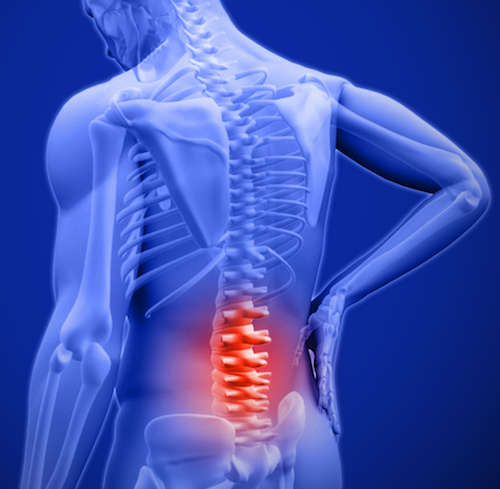
Within the last week, two different strength coaches and I discussed lifting as it relates to back health. One coach described a physician cautioning against the deadlift, suggesting axial loading (like squats) was healthier. Yet, I cannot remember any classes or education we had on weightlifting in medical school.
The second coach was discussing how deadlift was the most common scapegoat for any lower back discomfort.
The fact is, any movement can cause injury or harm if performed improperly but avoidance or abstinence can increase injuries as well. What makes the deadlift more ominous (than even axially loaded squat) is the sight of heavy lifting. The visual of big weighted plates and large men conjures up an irrational fear of a movement which could actually save an athlete’s life…or at least their back.
It all starts with the goal of an exercise, and more broadly a workout or training program. The goal should be a metric that validates what are you trying to achieve through a specific movement prescription. We view deadlift as the prescription to improve an athlete’s EXPLODE as quantified by their Movement Signature. This perspective is very unique; rather than focus on posterior chain musculature, we seek to prioritize stabilization through a change of direction.
To reinforce this stabilization, the tempo of the deadlift must be emphasized as the weight is lowered to the floor. Instead of counting (for tempo), a more objective goal is for the weights to “kiss the ground,” quietly changing direction from the floor. For maximal strength exercises (like deadlift) we increase weight as a specified percentage of body weight, before increasing range of motion. For example, beginning athletes use a deficit (plates on the ground or trap bar) to practice getting in the correct positions under load before adding range of motion by eliminating the raised surface.
No research has monitored quality of deadlift performance and its negative effects on back health. Lower back pain is actually caused by lack of stability, particularly at the lumbar spine. More importantly, a deadlift has the opportunity to heal the spine by restoring this stability through its unlimited resistance level.

Deadlifts are often the first exercise we use following surgery because it emphasizes stability, unlike squat which does involve more mobility inherently deemphasizing mobility and range of motion. A 2011 study looked at the deadlift performed with 2 distinct barbells and found the hex-bar (or trap-bar) bar deadlift had a lower stresses at the lumbar spine, hip, and ankle than a tradition bar, but stress was increased at the knee. The study demonstrates HOW you do an exercise is critical, whether it is the choice of barbell, coaching cues, reps/sets, etc.
Unfortunately, the authors concluded that the ability to load more weight on a trap bar makes for a more effective exercise. This conclusion would be relevant for athletes if the goal was only more weight (a higher 1 RM) and/or power within the specific context of a deadlift. However, our goal is always sport efficiency, where strength and power are only benchmarks along that journey. If you are experiencing back pain and your goal is real stability and athletic efficiency, just reduce the load (weight) until the pain subsides, but don’t blame the movement.
Swinton PA, Stewart A, Agouris I, Keogh JW, Lloyd R. A biomechanical analysis of straight and hexagonal barbell deadlifts using submaximal loads. J Strength Cond Res. 2011 Jul;25(7):2000-9.